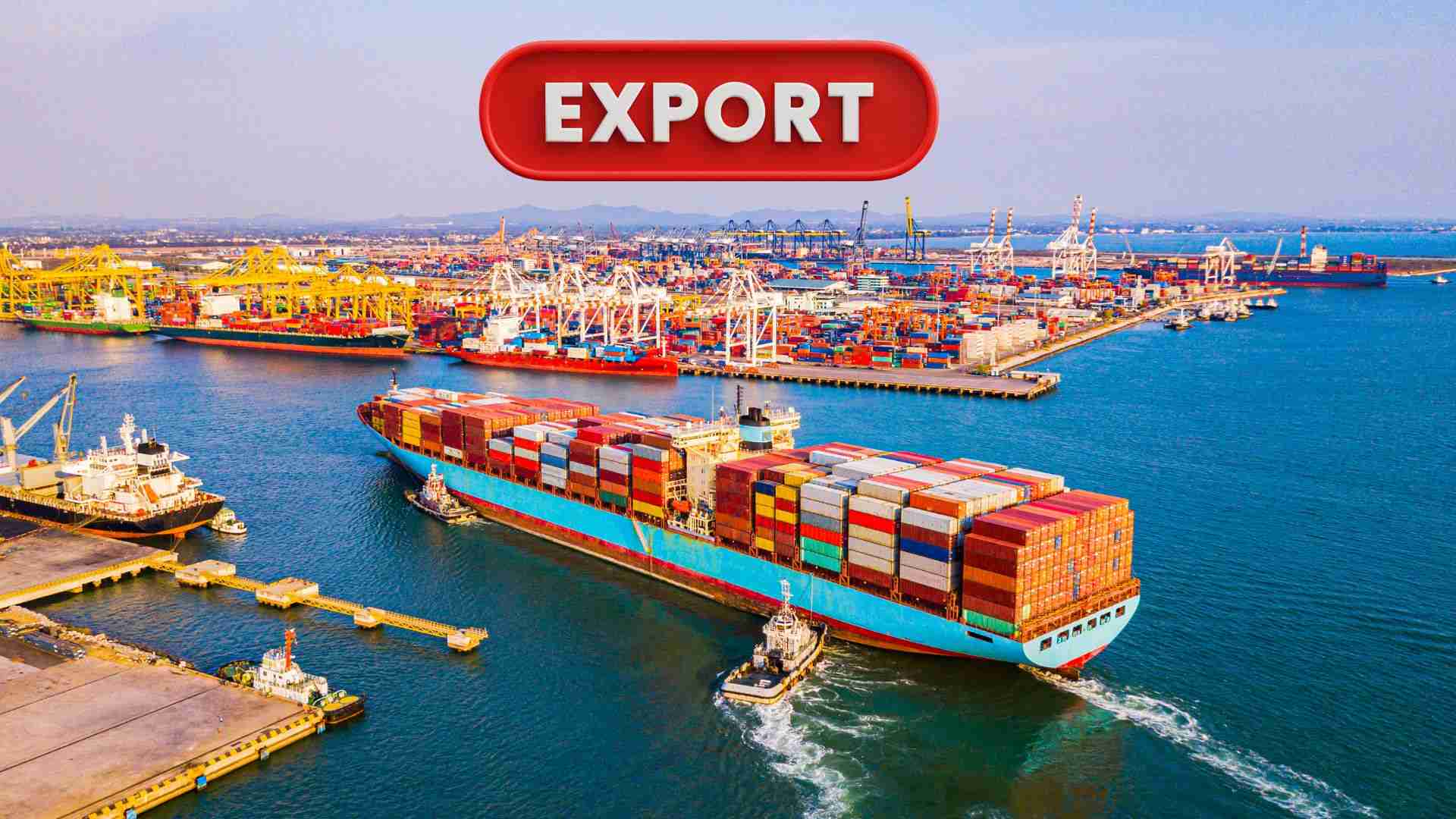How can countervailing tax affect it?
Last week, Reuters quoted a White House official as saying that President Trump's trade advisory team will analyze the current import tariffs of partners, starting with countries with a large trade surplus with the US. In addition to tariffs, factors such as industry subsidies, management regulations, low monetary valuation capabilities and value-added tax (VAT) will also be considered.
In an interview with Lao Dong, Associate Professor, Dr. Nguyen Thuong Lang said that the US application of counterpart tariffs could directly affect Vietnam's exports. He analyzed that if the US relies on the VAT rate to apply counterpart import tax, goods from Vietnam may face significant difficulties.
"Vietnam is currently applying an 8% VAT after implementing a 2% reduction policy to support businesses and stimulate consumption. If the US considers countervailing taxes according to VAT, Vietnamese export goods may be subject to higher import taxes, causing selling prices in the US market to increase. This reduces the competitiveness of Vietnamese products, affecting the purchasing power of American consumers," said Associate Professor, Dr. Nguyen Thuong Lang.
He also recommended that the Government should support domestic enterprises in the business environment, reduce production costs, and at the same time seek new export markets to reduce dependence on the US.

VAT - an important factor in the US counterpart tax policy
Sharing with reporters, Dr. Chau Dinh Linh also commented that the VAT refund policy for exported goods is causing imbalances between countries. For Vietnam, if export goods are included in the counterpart tax consideration, businesses with large export turnover to the US will face heavy pressure. " any change in US tax policy could affect the prices and competitiveness of Vietnamese goods in this market," he said.
A representative of an unnamed exporting enterprise said that the US is an important market for them, accounting for more than 40% of annual revenue. If counterpart tariffs are applied, the import costs of US partners will increase, which could lead to a decrease in orders from Vietnam. "We are closely monitoring the situation. If import taxes to the US increase, the prices of Vietnamese goods may be higher than those from other countries. At that time, businesses are forced to renegotiate with partners or find ways to reduce production costs to keep prices competitive," he shared.
In addition to concerns from Vietnamese enterprises, US manufacturers in Vietnam are also under great pressure. A survey by the US Chamber of Commerce in Vietnam (AmCham) shows that nearly two-thirds of US manufacturers in Vietnam may have to lay off workers if counterpart taxes are applied.
The survey was conducted from February 4 to 11, when President Trump imposed a 25% tariff on steel and aluminum, and announced counterpart tariffs for countries with trade imbalances. The results showed that 81% of enterprises participating in the survey expressed concern about the risk of being subject to tax, with this rate reaching 92% in the manufacturing sector.
According to AmCham, 41% of surveyed businesses are considering diversifying the market to reduce dependence on the US. This trend could cause companies to change their supply chains, or expand exports to other markets such as Europe or East Asia.
The Ministry of Industry and Trade promotes solutions to promote exports
Faced with global market fluctuations, the Ministry of Industry and Trade has developed a response scenario, supporting businesses to take advantage of 17 FTAs and 70 cooperation mechanisms to expand the market. The Ministry also promotes trade promotion, monitors origin fraud, promotes exports via e-commerce and mobilizes consumption of Vietnamese goods. For the US market, the Ministry believes that Vietnamese goods are mainly competitive with third countries, so there are still export opportunities even though the profit margin may be narrowed.











